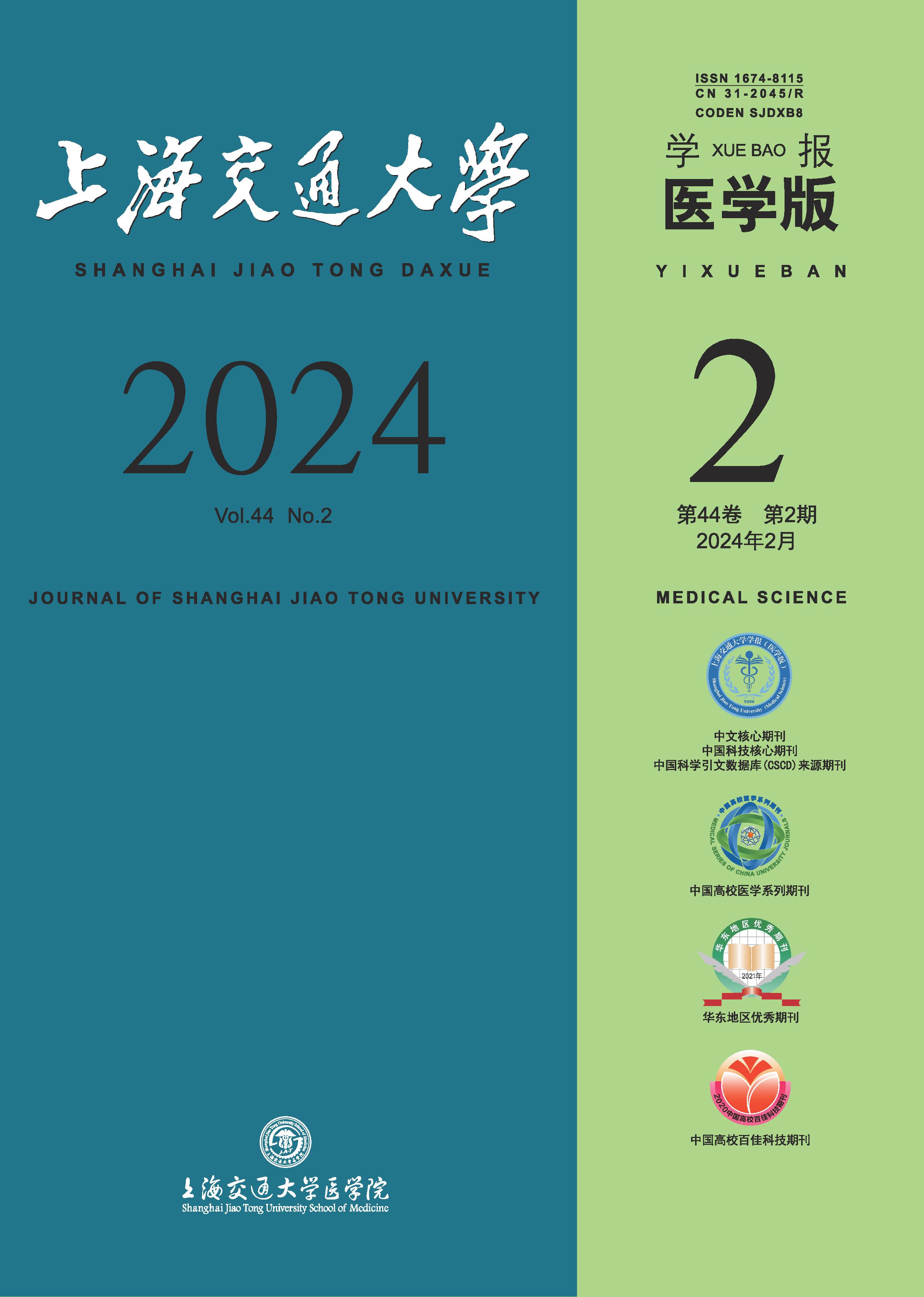Objective ·To explore the correlation between comorbidities of chronic non-communicable diseases (chronic diseases), phase angle (PhA), and muscle mass decline associated with sarcopenia in the elderly, and the predictive value of chronic disease comorbidities and PhA in muscle mass decline in the elderly. Methods ·By retrospectively screening inpatients aged ≥60 years who were admitted to the Department of Geriatrics, Renji Hospital, Shanghai Jiao Tong University School of Medicine from August 1, 2018 to July 31, 2019, basic information and medical history of the patients (gender, age, number of medications used, number of comorbidities, presence of osteoporosis, smoking history, etc.) were collected, as well as laboratory examination indicators (hemoglobin, albumin, serum creatinine, serum uric acid, ferritin, vitamin D, triacylglycerol, total cholesterol, high-density lipoprotein, low-density lipoprotein, etc.). The age-adjusted Charlson comorbidity index (aCCI) was calculated. The InBody S10 bioelectrical impedance body composition detector was used to test the body composition. Body mass index (BMI), skeletal muscle mass index (SMI), and PhA were collected. Some patients underwent measurement of grip strength. Muscle mass decline was diagnosed by using the SMI values recommended by the 2019 Asian Working Group for Sarcopenia (AWGS) (≤7.0 kg/m2 for males and ≤5.7 kg/m2 for females). According to the measured SMI values, patients were divided into a group with normal muscle mass and a group with muscle mass decline. Univariate and multivariate Logistic analyses were employed to investigate the risk factors associated with muscle mass decline related to sarcopenia in the elderly. Additionally, the receiver operator characteristic (ROC) curve and the area under the curve were utilized to predict the significance of these factors in muscle mass decline. Results ·A total of 359 chronic disease patients were enrolled, including 226 males and 133 females. There were 241 cases in the normal muscle mass group and 118 cases in the muscle mass decline group. The incidence of muscle mass decline related to sarcopenia in the elderly was 32.9%. The univariate Logistic regression analysis showed that age (OR=1.036, 95%CI 1.013?1.060), comorbidities (OR=1.117, 95%CI 1.025?1.217), aCCI (OR=1.123, 95%CI 1.031?1.222), and high-density lipoprotein (OR=3.688, 95%CI 2.065?6.622) were positively correlated with the risk of muscle mass decline in the elderly. BMI (OR=0.514, 95%CI 0.443?0.597), PhA (OR=0.195, 95%CI 0.126?0.303), hemoglobin (OR=0.984, 95%CI 0.972?0.996) and triacylglycerol (OR=0.606, 95%CI 0.424?0.866) were negatively correlated with the risk of muscle mass decline in the elderly. Multivariate Logistic regression model indicated that PhA (OR=0.338, 95%CI 0.119?0.959) and BMI (OR=0.634, 95%CI 0.476?0.844) were negatively correlated with the risk of muscle mass decline in elderly. The area under the ROC curve for predicting muscle mass decline related to sarcopenia in elderly by using BMI and PhA was 0.893 (95%CI 0.855?0.931) and 0.786 (95%CI 0.736?0.837), respectively. The sensitivity was 0.724 and 0.676, respectively. The specificity was 0.916 and 0.762, respectively. When BMI combined with PhA predicted muscle mass decline in the elderly, the area under the ROC curve was 0.917 (95%CI 0.883?0.951). The sensitivity was 0.867, and the specificity was 0.860. Conclusion ·aCCI is correlated with muscle mass decline associated with sarcopenia in the elderly. As BMI and PhA decrease, the risk of muscle mass decline in the elderly increases. The combination of BMI and PhA has a high predictive value in muscle mass decline in the elderly.No predictive value of chronic diseases comorbidities in muscle mass decline related to sarcopenia in the elderly is found.

